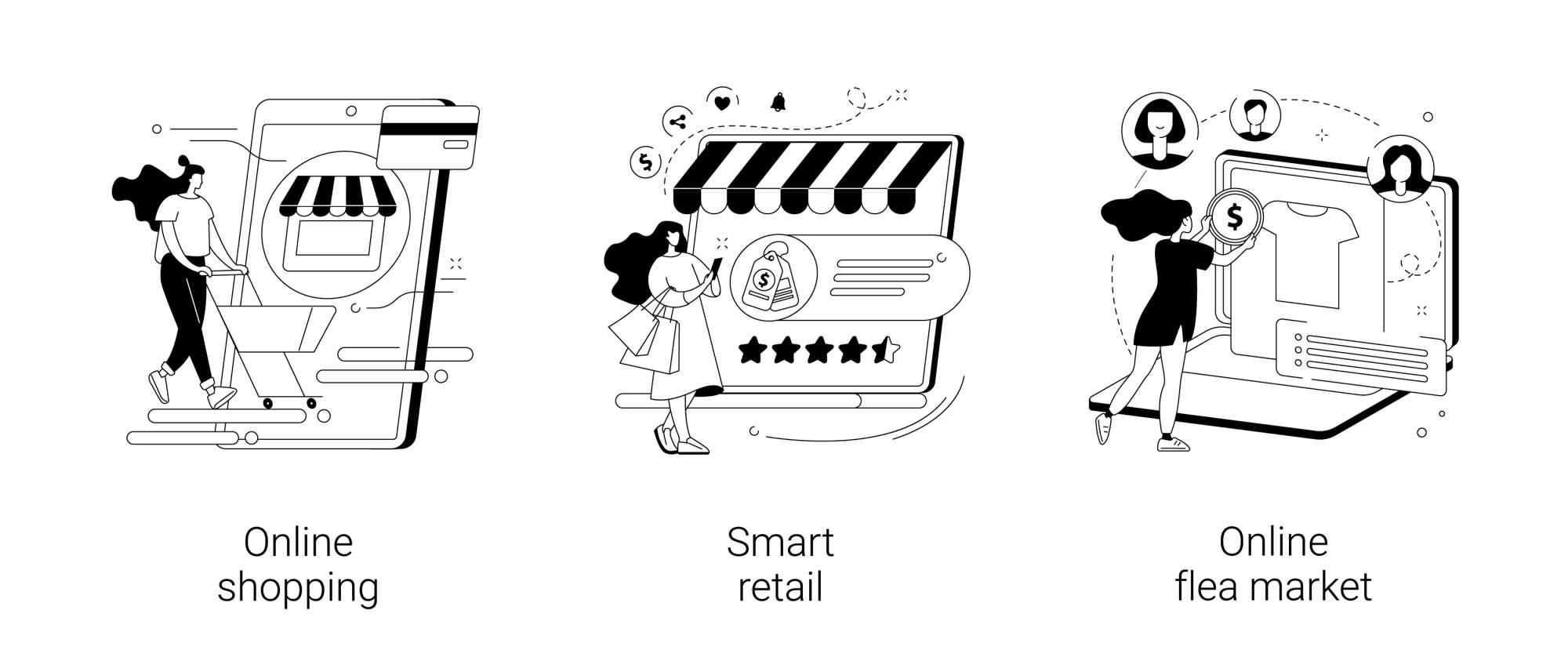
The Benefits of Headless Commerce for Modern E-Commerce Businesses
In the rapidly evolving world of e-commerce, businesses are constantly seeking innovative solutions to stay competitive and meet customer demands.
One such solution gaining immense popularity is headless commerce. Understanding headless commerce’s benefits can help modern e-commerce businesses. It can improve their operations and customer experiences, and lead to long-term success.
In this, article, we will cover the benefits of headless commerce and why it is becoming a key strategy for smart e-commerce businesses.
Embracing the Future of E-Commerce
E-commerce has undergone significant transformations over the past decade. Traditional monolithic platforms are effective. But, they often struggle to keep up with the needs of modern consumers and businesses.
Enter headless commerce. It decouples the front and back of e-commerce platforms. It provides unmatched flexibility and agility.
Businesses can unlock new opportunities by understanding the benefits of headless commerce. It lets them create seamless, personalized, and efficient shopping experiences.
What is Headless Commerce?
Headless commerce has a decoupled architecture. The front-end (the presentation layer) and the back-end (the commerce engine) operate independently.
This separation lets businesses use various front-end technologies. These include websites, mobile apps, voice assistants, and more. They can use these while relying on a strong back-end system. It manages:
- product information
- inventory
- transactions
- customer data
Key Components of Headless Commerce
There are three key components to headless commerce:
API-Driven Approach
Headless commerce relies on APIs. They help the front-end and back-end systems talk. APIs enable smooth data exchange.
They ensure the front-end can get and show info from the back-end in real-time. This approach also lets businesses integrate new tech into their system. It does this without disrupting the function.
Flexible Front-End
With headless commerce, the front-end is separate from the back-end. This gives businesses the freedom to choose and customize their front-end tech. They can use any platform or language that suits their needs. It could be for:
- website
- mobile app
- voice assistant
It could also be a progressive web app or a virtual reality experience.
Scalable Back-End
The back-end of a headless commerce system manages all aspects of e-commerce. It handles:
- product info
- inventory
- order fulfillment
- customer data
It needs to scale well to handle lots of data and traffic. It also needs to smoothly work with many front-end technologies.
Benefits of Headless Commerce for E-Commerce Businesses
The shift towards headless commerce offers many benefits for e-commerce businesses. Some of the key advantages include:
Enhanced Customer Experience
Headless commerce has a main benefit: it can deliver a better customer experience. Businesses can use modern front-end technologies. They can use them to create highly engaging, personalized shopping experiences.
For instance, an agency can design a unique user interface. This interface is for specific customer segments. It will offer a smooth and easy journey from browsing to checkout.
Faster Time to Market
In the fast-paced e-commerce landscape, speed is crucial. Headless commerce lets businesses speed up their time to market. It does this by allowing parallel development of the front-end and back-end.
This means that new features, updates, and improvements can be implemented quickly. This gives businesses a competitive edge.
Greater Flexibility and Customization
Traditional monolithic platforms often come with limitations in customization. Headless commerce breaks these barriers. It gives businesses the freedom to experiment and innovate.
It’s about integrating new technology, adding unique designs, and making custom features. Headless commerce lets businesses build what they want.
Improved Performance and Scalability
Performance is a critical factor in e-commerce success. Headless commerce architecture ensures that the front-end and back-end can be scaled separately.
This results in better performance and faster load times. This is key during peak shopping seasons. These are times of surging traffic due to marketing campaigns.
Omnichannel Capabilities
In today’s multi-device world, customers expect a consistent experience across various channels. Headless commerce lets businesses deliver a unified experience. They’ve been able to do this across:
- websites
- mobile apps
- social media
- voice assistants
This omnichannel approach enhances customer satisfaction and loyalty.
Future-Proofing Your Business
The digital landscape is always changing. Businesses need to be agile to keep up with new trends and technology. Headless commerce provides flexibility.
It lets you adapt to new advancements without overhauling the whole system. This capability future-proofs businesses. It ensures they stay competitive and relevant in the long run.
Implementing Headless Commerce: Best Practices
To set up headless commerce, businesses should follow these best practices:
Start with a Clear Strategy
Before embarking on a headless commerce journey, it’s essential to define a clear strategy. Identify the goals, challenges, and opportunities headless commerce can address for your business. This plan will guide the process. It will ensure alignment with business goals.
Choose the Right Technologies
Selecting the right technologies is crucial for a successful headless commerce implementation. Check front-end frameworks, CMS platforms, and APIs. See which ones align with your business.
Partnering with an experienced agency can provide valuable insights. They’ve got expertise in choosing the best tools for your headless commerce setup.
Invest in a Robust API Layer
The API layer is the backbone of headless commerce. Invest in a strong API infrastructure. It must scale and handle high data volumes. It will handle data exchange between the front-end and back-end.
Ensure that the APIs are well-documented, secure, and capable of supporting future enhancements.
Focus on Performance Optimization
Performance optimization should be a top priority when implementing headless commerce. Focus on:
- minimizing load times
- optimizing server response
- ensuring a smooth user experience
Regularly track performance metrics and make necessary adjustments to maintain optimal performance.
Foster Collaboration Between Teams
Headless commerce implementation requires collaboration between front-end and back-end development teams. Foster a culture of talking and teamwork.
This will ensure that both teams work well together. Regular meetings, shared goals, and cross-training can enhance how well the process works.
Unlocking the Full Potential of E-Commerce
In a nutshell, the benefits of headless commerce are a game-changer. By separating the front-end and back-end, businesses can enjoy a more flexible e-commerce solution.
With a focus on boosting performance and teamwork, it opens up new growth opportunities in the dynamic world of online retail. So, why not give this cutting-edge approach a shot to up your e-commerce game? Your customers will love it.
Keep exploring our diverse range of articles on different topics.








